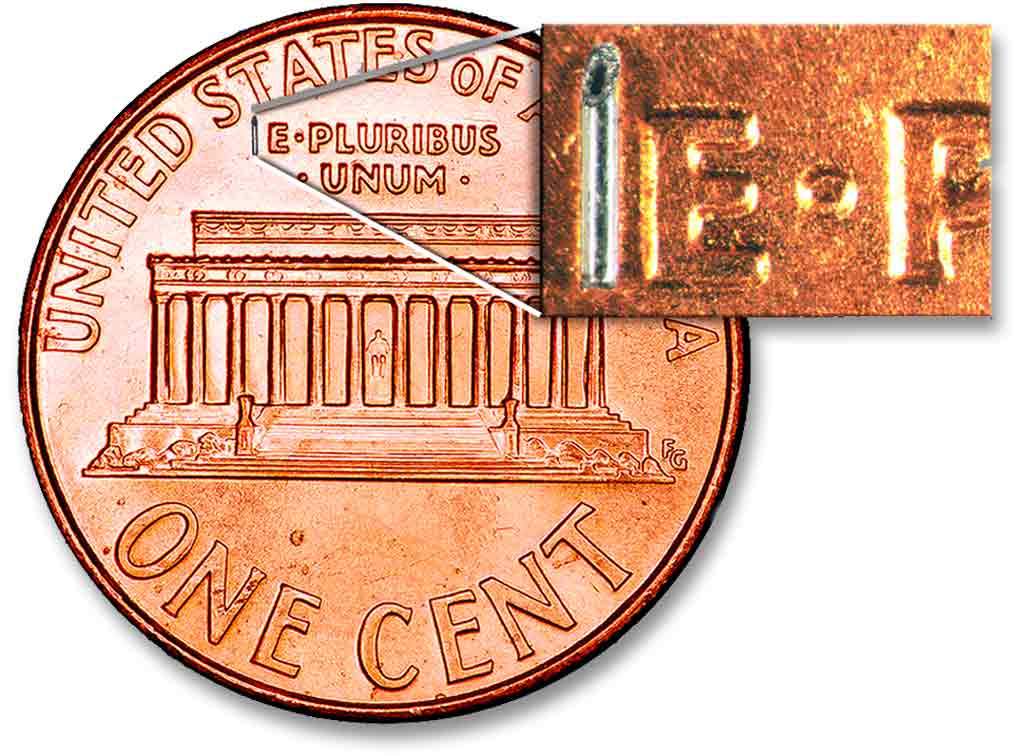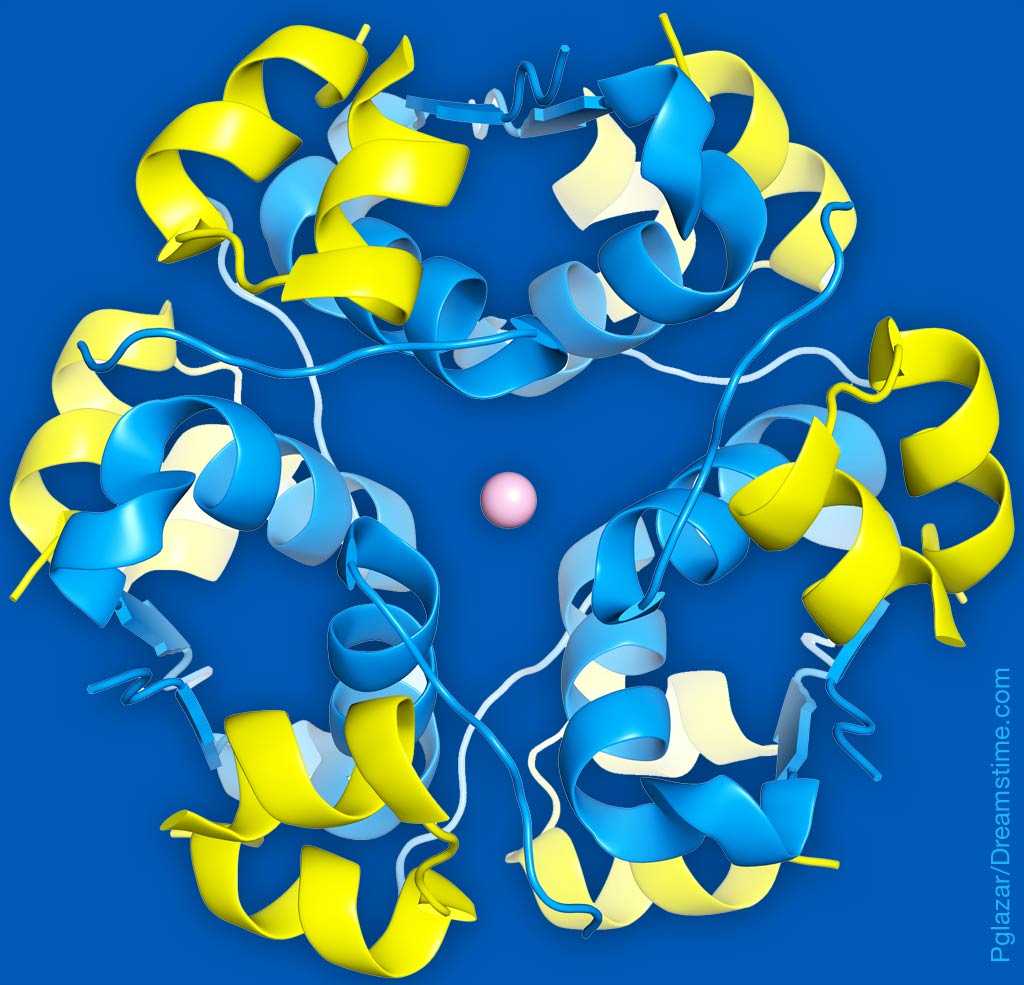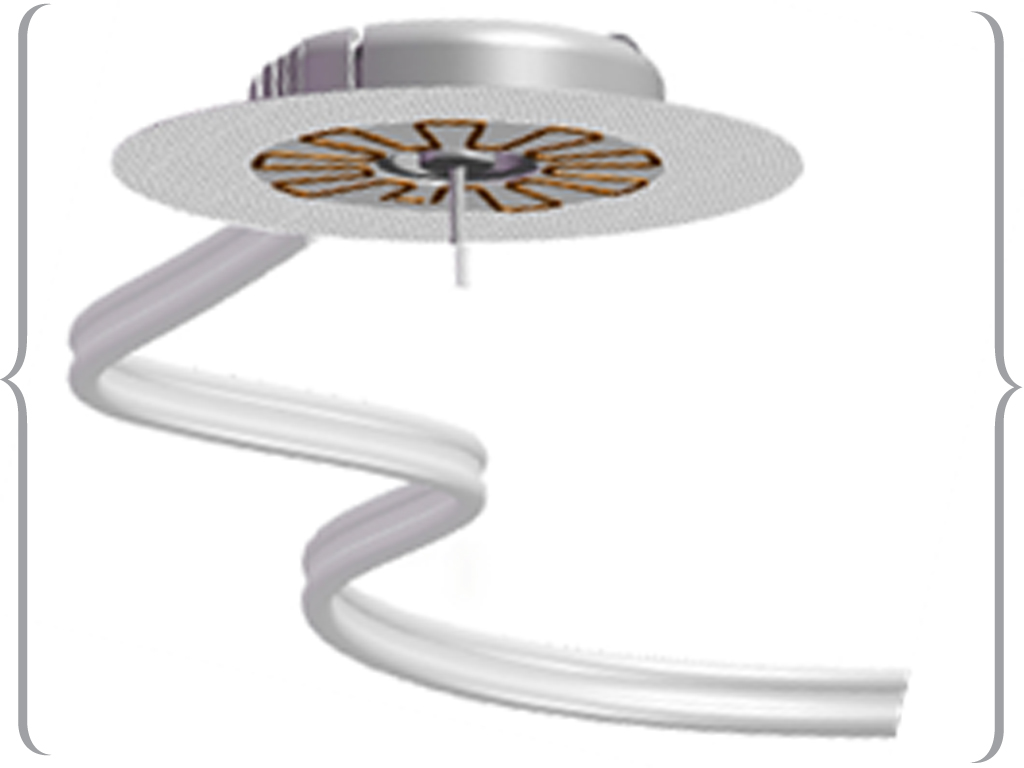The Diabetes Pop Quiz

One of my jobs is to teach third-year residents about internal medicine and family practice. On the first day of each session, I give a pop quiz on diabetes to the residents. Most fail the test.
Questions include:
- Do you know the difference between Humulin and Novolin? (A trick question, since both are simply name brands for insulins made by Lilly and Novo Nordisk.)
- Do you know the difference between Novolin and Novolog? (Trick question again because Novolog is a specific short-acting insulin and Novolin is simply a brand of insulin.)
- Do you know the difference between Novolin 70/30 and Novolog 70/30? (Now here is a good one since Novolin 70/30 is a mix of NPH and regular insulin and Novolog is a combination of short-acting and long-acting Novolog insulin.)
Such poor quiz results show how difficult it is for a general practitioner to master diabetes care. Perhaps this little test can motivate a young physician to learn a little more about all of the different types of insulins and give him or her food for thought about how much there is to know about the subject.
It’s not an easy task to stay on top of diabetes care because diabetes is complicated, and the ever-expanding amount of insulin therapies available do not yet address the underlying cause of diabetes. Put simply, the body of someone with Type 1 diabetes doesn’t produce enough insulin-producing beta cells. Beta cells don’t just make insulin, but also a modulatory hormone called amylin. We know now that with diabetes there is an immune attack against the beta cell, which ultimately leads to the destruction of the entire islet responsible for making all the hormones (glucagon, somatostatin, pancreatic polypeptide, and islet ghrelin) involved in maintaining glucose within a narrow range.
Whereas before the options for insulin therapy were limited, those with Type 1 diabetes now have many different insulins of which to choose. Yet the central problem of not having enough fully functional beta cells remains. Insulin truly saves lives, but doesn’t mimic the normal human pancreas. Researchers have calculated there are 5 million different signals a day between the gut, the brain, and the pancreas to keep glucose levels normal.
We work daily for a new therapy which restores the pancreas, and we believe in a day when a the questions on a diabetes quiz will be simpler. The answer, hopefully, will be to use an islet regeneration therapy with an immune agent to protect new islets from immune attack. Once that is settled, all the questions of how to treat diabetes will become easy enough for all general practitioners to answer correctly.
Thanks for reading this Insulin Nation article. Want more Type 1 news? Subscribe here.
Have Type 2 diabetes or know someone who does? Try Type 2 Nation, our sister publication.







